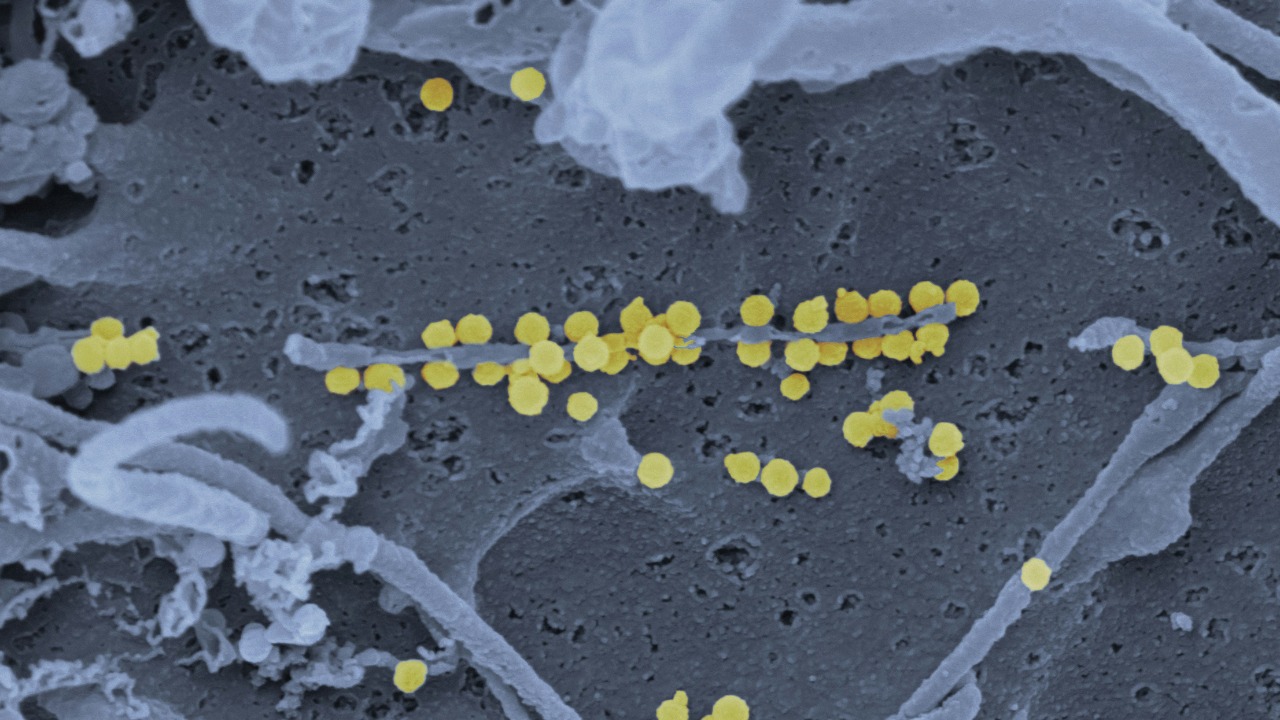
In a chilling development that echoes earlier breakthroughs, scientists have revived microbes that have been dormant for 40,000 years. The unexpected behaviors exhibited by these ancient organisms after just six months raise profound concerns about the potential risks of ancient pathogens in our rapidly thawing world.
The Discovery of Permafrost Microbes
These ancient microbes were extracted from Siberian permafrost samples, which are believed to be around 40,000 years old. The pristine preservation conditions of the permafrost allowed these microbes to remain dormant for such an extended period. The research team confirmed the ancient origins of these microbes through radiocarbon dating and genetic sequencing. Siberia, with its vast layers of permafrost, has become a hotspot for such discoveries.
Methods for Reviving Ancient Life
The revival of these 40,000-year-old microbes involved laboratory techniques such as controlled temperature shifts and the introduction of nutrients. These methods bear similarities to the cryogenic resuscitation protocols used in 2021 to revive a 24,000-year-old animal that had been preserved in Siberian ice. During the awakening of these ancient microbes, ethical protocols were followed to contain potential biohazards.
Initial Signs of Activity
Upon revival, the microbes exhibited their first metabolic responses, such as rapid cell division, within days of thawing. Early genetic adaptations were also detected, indicating resilience built over millennia. To monitor these initial changes without external contamination, a controlled environment was set up.
Shocking Developments After Six Months
After exactly six months, deeply frightening mutations were observed in the microbes. These changes transformed them into potential threats, with increased virulence, enhanced toxin production, and emerging antibiotic resistance. The researchers were taken aback by the accelerated rate of evolution compared to modern microbes.
Parallels with Other Ancient Revivals
The successful revival of a 24,000-year-old animal from Siberian ice in 2021 provided a precedent for expecting viability in the 40,000-year-old microbes. The animal, a bdelloid rotifer species, was able to reproduce immediately after thawing. Both the animal and the microbe study share commonalities, including their permafrost origins and revival timelines.
Potential Global Risks
The implications of these findings are far-reaching, especially in the context of climate change. As global warming accelerates permafrost thaw, there is a risk of releasing more 40,000-year-old microbes into the environment. The six-month observation of the revived microbes serves as a warning sign of potential pandemics from ancient pathogens. These findings have led to international calls for stricter regulations on Arctic research.
Future Safeguards and Research Directions
Given the frightening outcomes observed after six months, enhanced containment strategies are needed for handling dormant microbes from sites like Siberia. Interdisciplinary studies combining microbiology with climatology could help predict revival risks. Ongoing monitoring of the revived 40,000-year-old samples is also crucial to track their long-term stability.